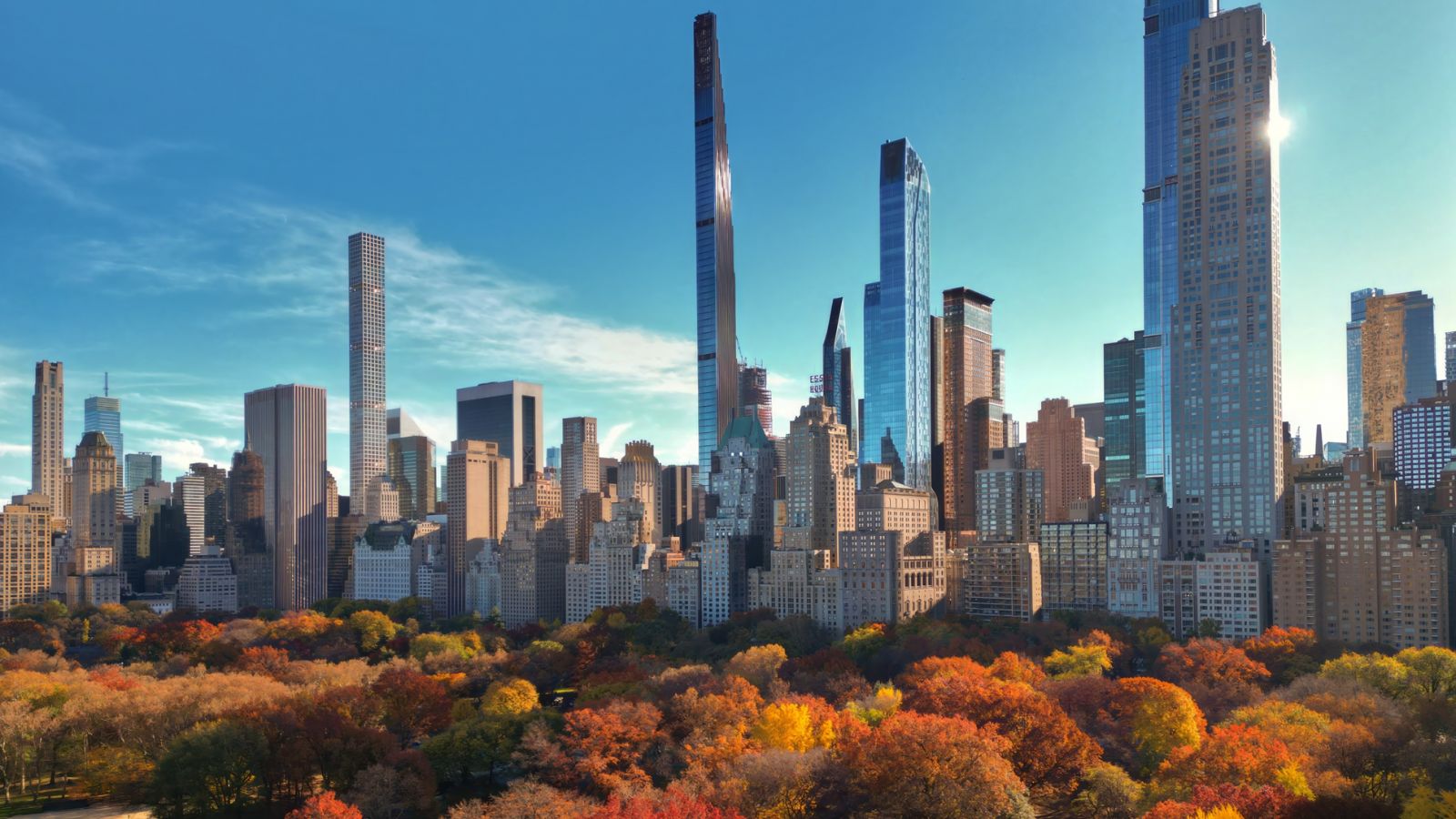Living in big U.S. cities costs a lot these days, whether that’s pricey homes, super expensive groceries, or just really high bills. Understanding why cities are so costly can help everyone deal with this problem better. Let’s look at some reasons behind the high price tags in America’s major urban areas.
Housing Shortages
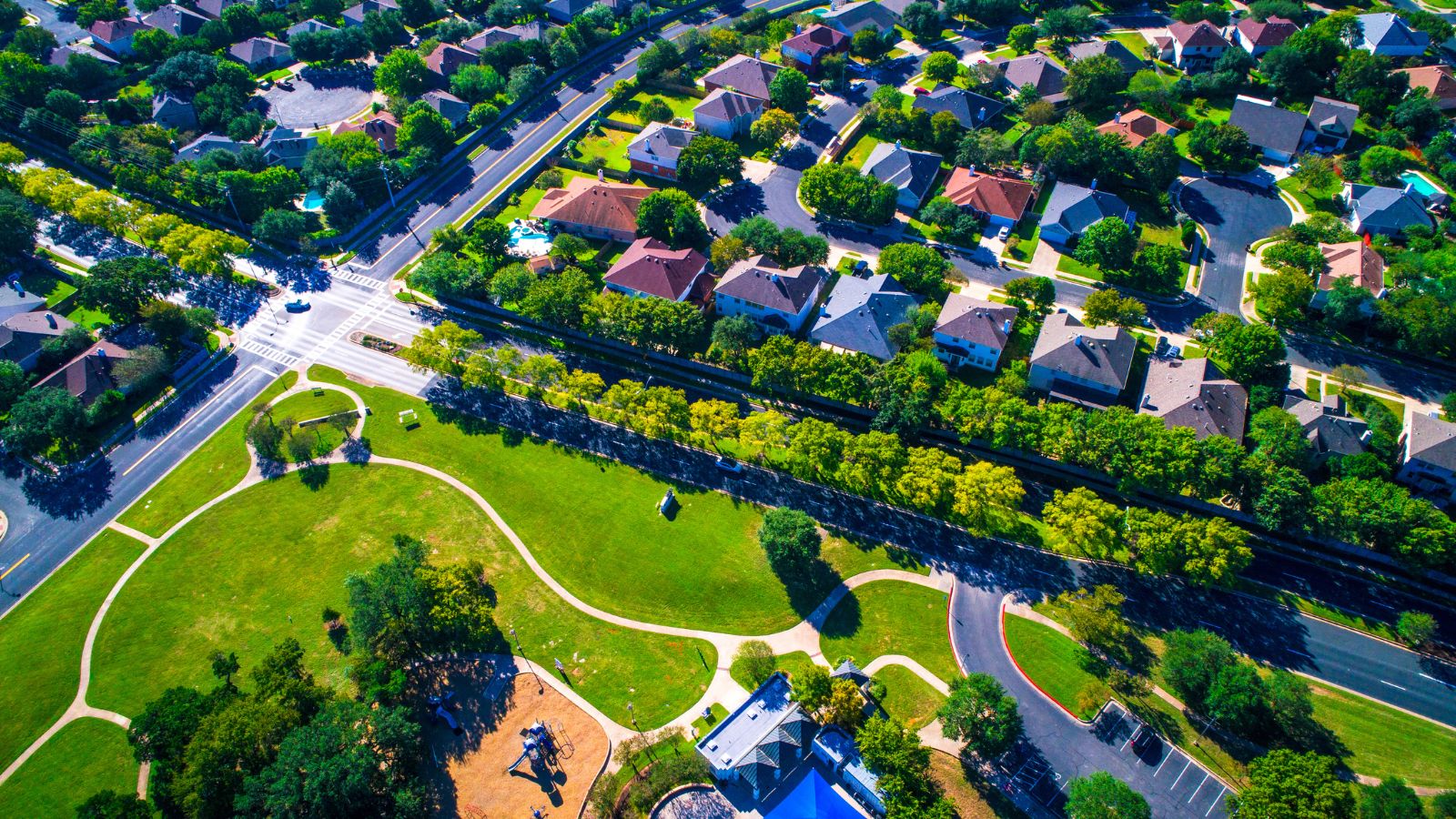
According to NPR, there just aren’t enough homes in many U.S. cities, which means prices are rising faster than ever. Cities don’t have much space for new buildings, and strict rules make construction tough. This housing shortage is making it tough for buyers and renters, pushing costs higher.
Popular Neighborhoods

Of course, everyone wants to live in the best parts of the city since these areas are close to jobs, fun things to do and useful services. But because so many people want to live there, prices go way up. Spots near business centers, public transport, and popular attractions cost the most. People pay extra to live in these popular neighborhoods.
Expensive Building Costs
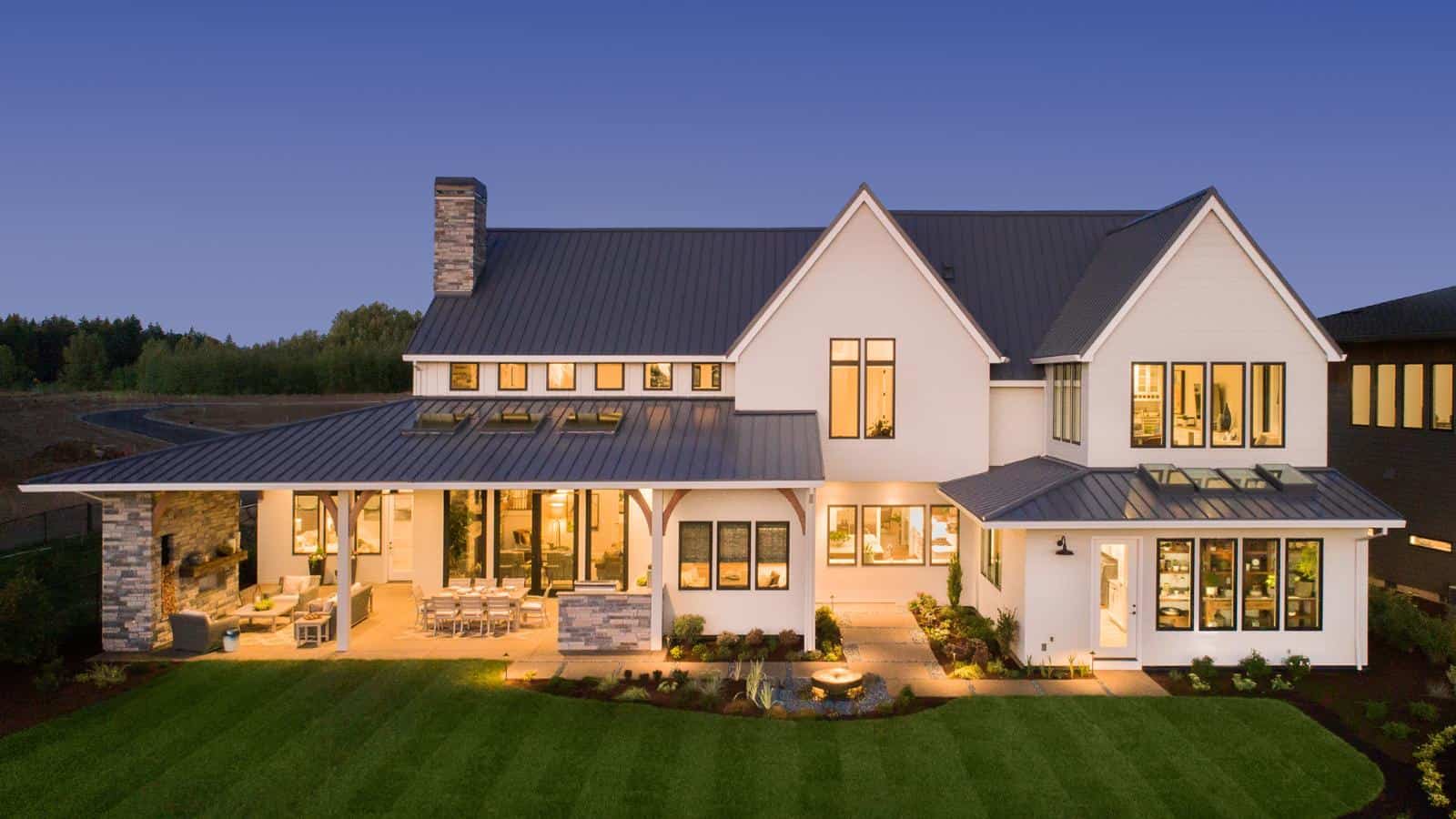
Building new homes and city structures is becoming more expensive, and there’s a real shortage of construction workers, so their wages are up. Materials also cost more due to supply issues and trade rules. All of this makes new projects more expensive, which means higher prices for buyers and renters.
Neighborhood Upgrades
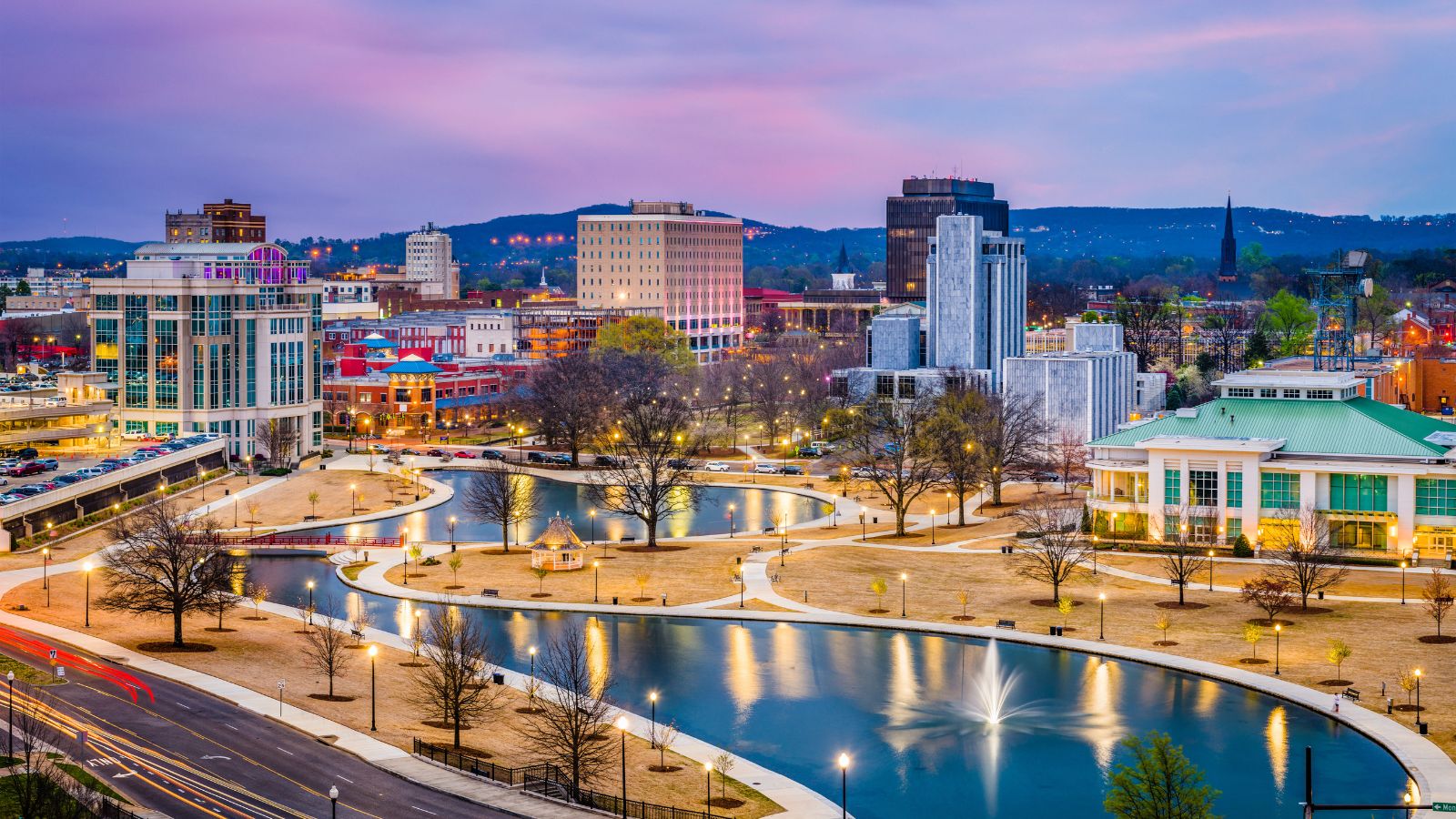
When cities revamp old neighborhoods, property values often increase. This can bring some good changes but also push long-time residents out. Trendy areas attract wealthier newcomers, which drives up rents and home prices. It changes the vibe of the neighborhood and makes living there more expensive.
High Taxes
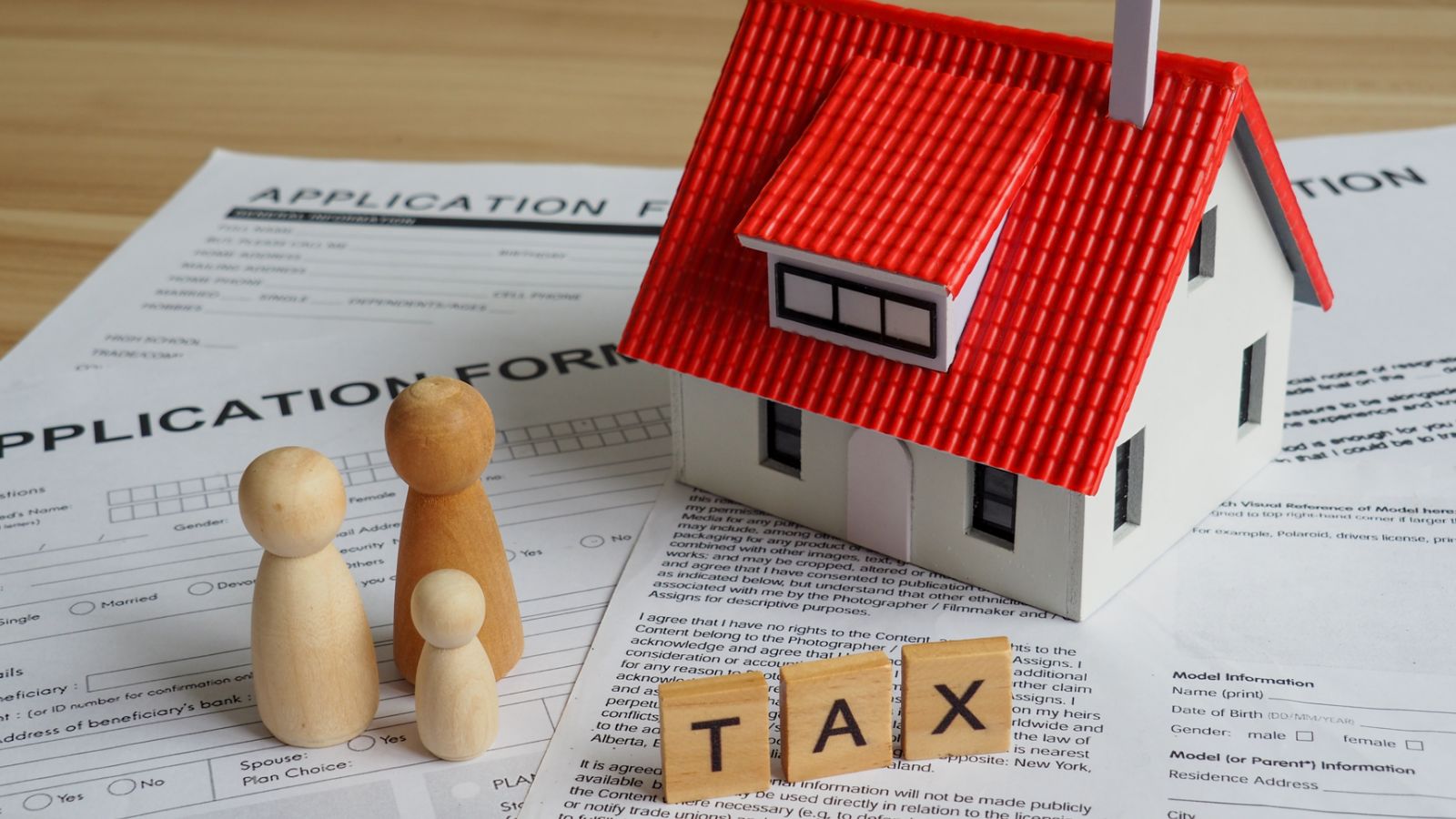
Living in cities means paying more in taxes. There are property taxes, sales taxes, and local income taxes, which can all be higher in urban areas. These taxes fund city services, schools, and public projects, but while they support important community needs, they also increase the overall cost of living for residents.
Old City Systems

Cities have old roads, bridges, trains, and pipes that need fixing or replacing. Keeping these systems working well costs a lot of money, which residents often pay for through higher taxes and fees. Making these systems better and bigger for more people adds to everyone’s bills.
Expensive Energy

Older buildings in urban areas often aren’t very energy-efficient, which means higher heating and cooling bills. Plus, some cities have their own energy issues or rely on more expensive power sources. Upgrading the energy infrastructure in these packed areas can be pretty pricey, and those costs often get passed on to consumers.
Transportation Expenses

We all know that getting around in cities can also be really costly. Public transit fares add up, and owning a car means you’ll have to pay for parking, insurance, and sometimes tolls. Traffic congestion leads to more fuel consumption. Some cities have actually implemented congestion pricing, adding to commuting costs.
Higher Wages

Cities often have higher average wages compared to rural areas, but while this sounds positive, it also drives up the cost of services. Businesses need to pay employees more, which leads to higher prices for goods and services. This wage-price spiral contributes to the overall higher cost of living in urban areas.
Limited Space

Since space is at a premium in cities, limited land drives up property values and rents. Businesses pay more for commercial space, passing costs to customers. Residents often live in smaller homes or apartments due to high costs. This scarcity of space affects everything from housing to parking to recreation areas.
Regulatory Costs

Cities have lots of rules and regulations for businesses to follow, like stricter building codes, health regulations, and licensing requirements. Sure, these rules make things safer and improve quality of life, but they also hike up costs for businesses. And guess what? Those extra expenses usually end up being passed on to consumers.
High Demand for Services

Urban areas are packed with people needing all kinds of services, which can drive up prices for everything from healthcare to education to personal services. Trying to get into the best schools or finding top doctors often means paying a premium in many sectors.
Tourism Impact

Popular cities draw in lots of tourists, and that can make things more expensive in some areas. Restaurants, hotels, and attractions in tourist spots often have higher prices. This can even impact nearby residential areas, raising the cost of living for locals. In cities with a booming tourism industry, you might notice price hikes in many different sectors.
Lifestyle Expectations

Living in the city often means higher lifestyle expectations. There’s always pressure to eat out, go to cultural events, or shop at trendy stores. These social norms can lead to spending more on non-essential stuff. With so many options and experiences, city life can really tempt you to spend more on leisure and entertainment.
Economic Clustering

Cities have high-paying industries, like tech or finance, which can really drive up costs. When high earners compete for housing and services, prices go up for everyone. This economic concentration creates a ripple effect, making life more expensive even for those not in these lucrative fields.
Global Investment

Many U.S. cities are hotspots for international investors, especially in real estate. This global interest often drives up property values and rents. Some investors are buying properties just as investments, not as homes, which cuts down the available housing stock. This international demand adds another layer of competition in our already tight urban markets.
Environmental Factors

Cities deal with unique environmental challenges that can drive up costs. Managing pollution, handling waste, and launching green initiatives often need a lot of funding. Tackling climate change, like setting up flood protection or cooling down hot areas, adds to urban expenses, too. All these essential environmental efforts make city living more expensive.
Up Next: 20 Seriously Stunning Natural Wonders Across America

Geological wonders, diverse ecosystems, and impressive waterfalls—the U.S. is home to a huge range of breathtaking landscapes and natural wonders across its many national parks and attractions. Head to these 20 locations for true natural beauty and never-ending adventure opportunities.
20 Seriously Stunning Natural Wonders Across America
17 Places That Undercover Cops Will Always Monitor
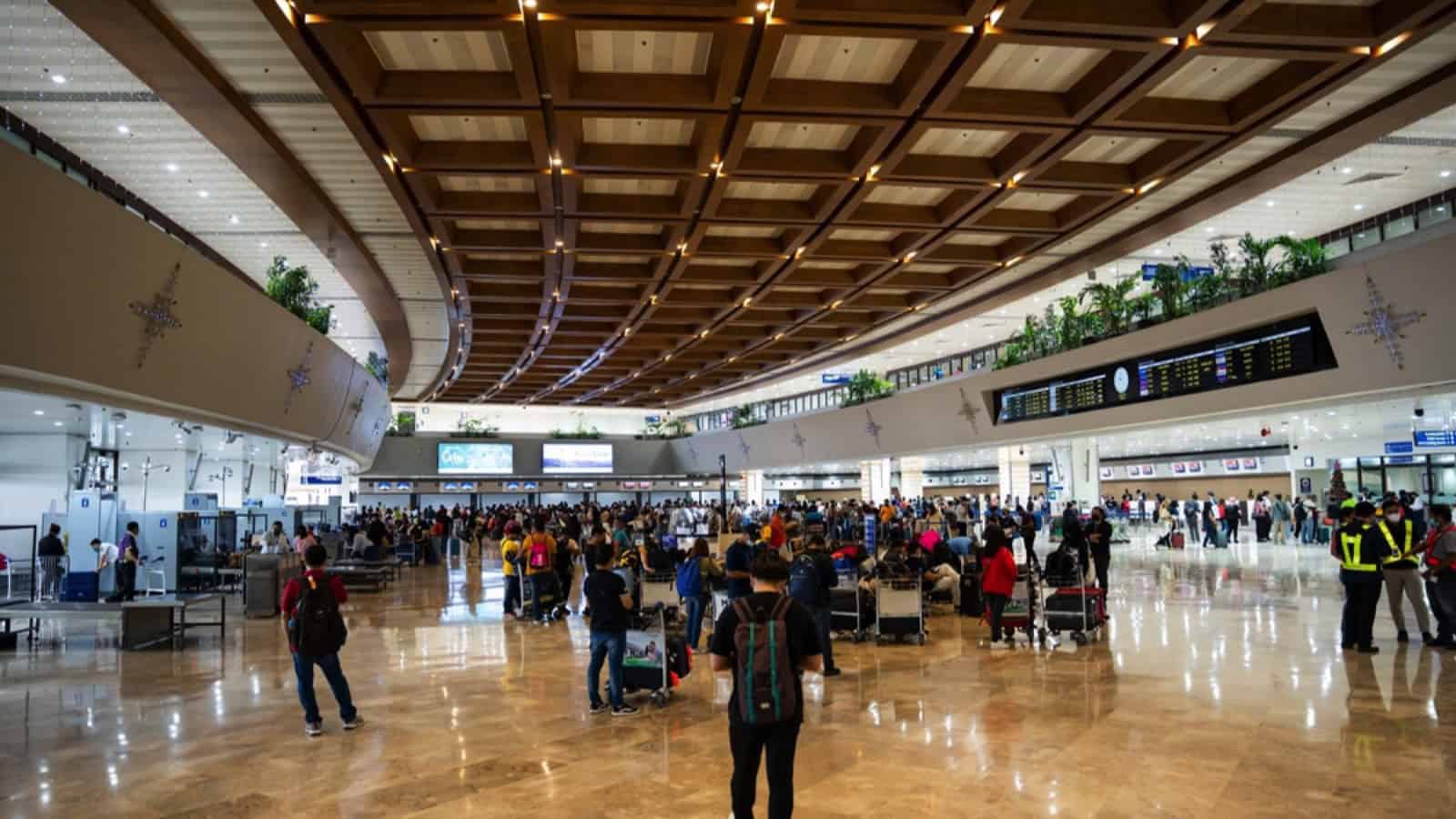
While it isn’t always obvious, undercover cops play a crucial role in maintaining public safety. They blend into the background in various locations, carefully observing and acting to prevent crime. In this article, we’ll reveal 17 places where you’re likely to find undercover cops—though you can bet you won’t see them!
17 Places That Undercover Cops Will Always Monitor
17 Things You’re Just Too Old To Be Doing Anymore

The older you get, the more fragile you are physically and mentally, so it’s important to prioritize your well-being every day. Whether you still feel young at 50 or are closer to 80, we’ve compiled 17 things you’re too old to be doing anymore.

